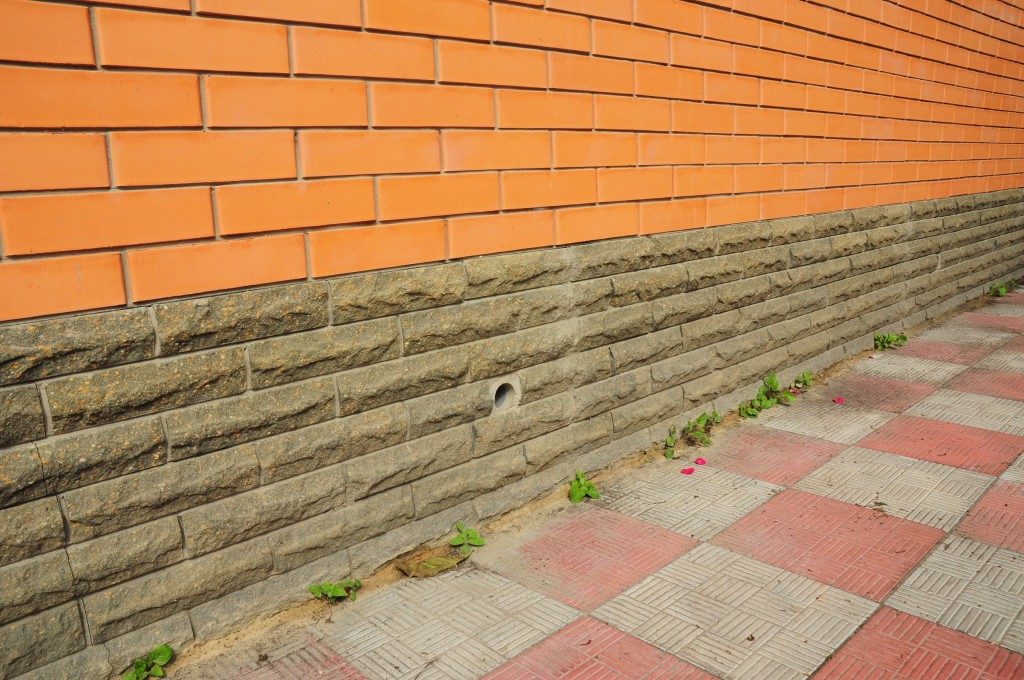Water is not an easy thing to keep out, as it always finds a way to seep inside your property, specifically your basement. Unfortunately for homeowners, there really aren’t too many things that are worse than a wet basement. Even the presence of tiny droplets and moisture would be the start of seepage, or worse, flooding.
It doesn’t take long for a water leak problem to escalate, which is why the experts would often tell homeowners to seal off leaks, especially those in the basement. If there is a huge amount of moisture in your basement, that could lead to costly repairs, and in some instances, a full renovation.
There are solutions available, such as cementitious waterproofing, but the problem with your basement will not disappear if water keeps flowing back.
Where to Start
The first step is always the hardest, but in this case, experts have a reverse order for waterproofing. Instead of the ground up, they suggest going from the roof down. This is because we don’t realize that the water or moisture could come from gutters and rain spouts, and this would cause the seepage or leaks in the basement.
The parts of the entire house need to work together. When gutters and downspouts are clogged with leaves and dirt, the water will find a way to flow downwards. They end up as a pool around the foundation and perimeter of the basement. This is also the reason downspouts need to be strategically placed. Their purpose is to direct water far from the home’s structure. It is important to ensure that the gutters and downspouts are clean and if needed, extend the downspouts to at least six feet away from the house.
Fix the Perimeter

Waterproofing the basement should be the last resort because even if you seal off the leaks, the source of the water is not addressed. Water will seep again and find another spot to leak. That said, it is also important to cut the source of excess water.
The soil around the perimeter of your home should slope away from the foundation, not toward it. It is important to check this from time to time. There are instances when the design of the soil upon completion was properly graded, but erosion, weathering, and years of rain and water flow can alter their slope. You might need to shift them yourself.
The plants and landscaping should have a gap from the home’s foundation. There could be plants like shrubs and trees that can grow and creep through the structures and clog the water flow or hamper the absorption. Experts warn that tree roots, being very strong, can grow into the foundation of the house and cause some cracks on the pipes, or even the actual concrete.
Depending on how close your homes are constructed, there could be some water flowing from your neighbors or from the street, if your house is lower than street level. You should monitor where the rainwater flows and divert them away from your house.
Water is the cause of moisture and leaks. Waterproofing solutions will end up as a short-term solution if water continues to flow back to the foundation of your house. It is important to address these issues as well.
